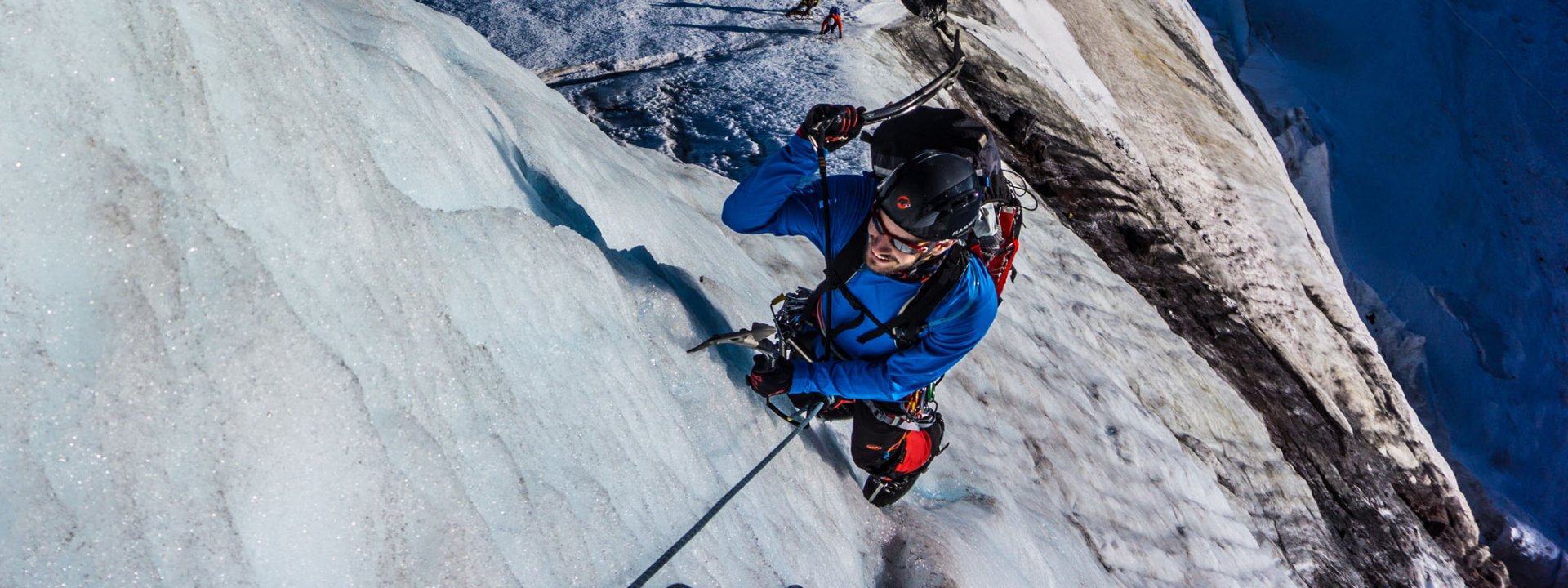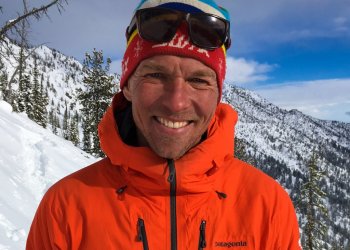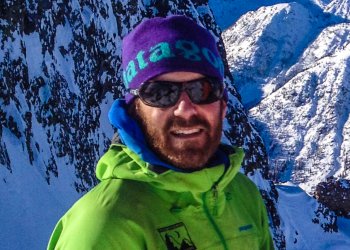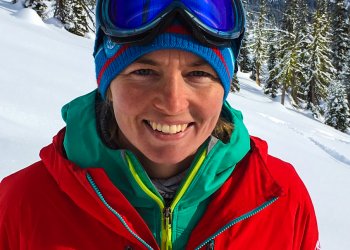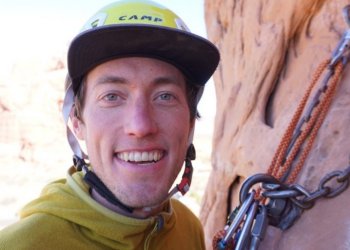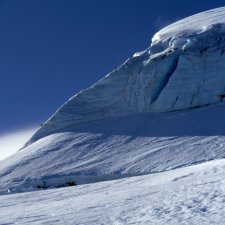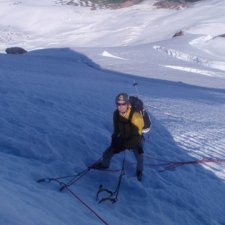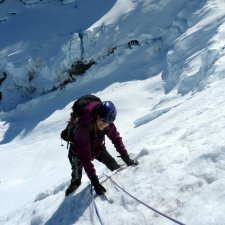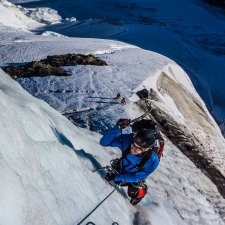The North Ridge of Mount Baker is one of the classic north face routes in the Washington Cascades. Similar to the other classics such as Liberty Ridge on Mount Rainier, the north ridge combines massive glaciers and steep alpine ice climbing that leads directly to the summit of this 10,781′ volcano. The season for this route is fairly long with good summer climbing conditions usually starting in May and lasting through September.
Itinerary
The North Ridge of Baker is typically climbed in two days. Day one is spent approaching high camp on the north side of the mountain. This is usually a fairly short day with approximately 3 hours of walking. This leaves enough time for climbers to work on any last-minute training such as station management or, if time and energy allows, some easy serac climbing on the lower glacier.
Day two starts with an alpine start before the first light. The start of the climb involves navigating through the broken lower Coleman Glacier. Early in the season, this is fairly straightforward but as the season progresses crevasses start opening up and can provide for some challenging route finding.
Once through the lower glacier, the next challenge will be crossing the bergschrund and gaining the ridge. Depending on snow conditions and time of year this may involve some belayed pitches as well as moving together in “short-rope” mode. Once on the ridge the angles ease slightly but is still plenty steep.
At approximately 9,200′ the ridge steepens and the real ice climbing begins (see photo at top of the page). This is where the second ice climbing tool comes into play. Typically the first pitch contains the hardest climbing with a difficulty near WI 3. The rest of the pitches are closer to WI (actually AI) 2. Depending on conditions the belayed climbing is between 2 1/2 to 6 pitches in length.
After climbing through the steepest portion of the route the last section of the climb weaves it’s way through the upper section of the mountain via intricate ramps and snow bridges, eventually leading to the summit. The descent is via the Coleman Deming route on the west and then eventually the north side of the mountain, leading back to your high camp.
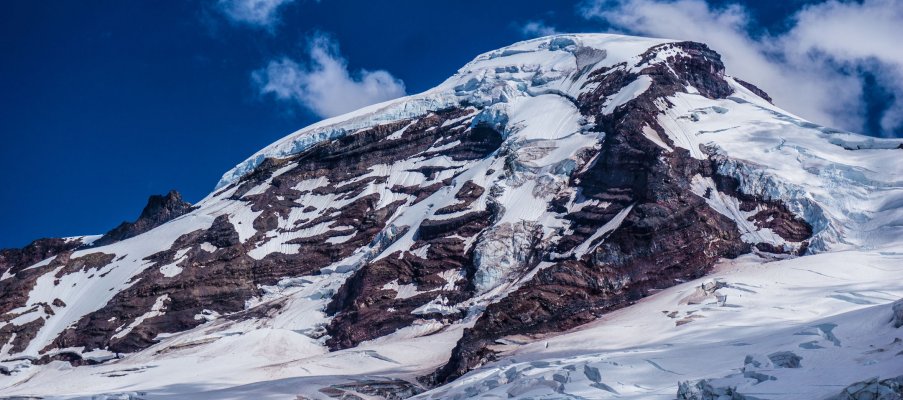
Gear List
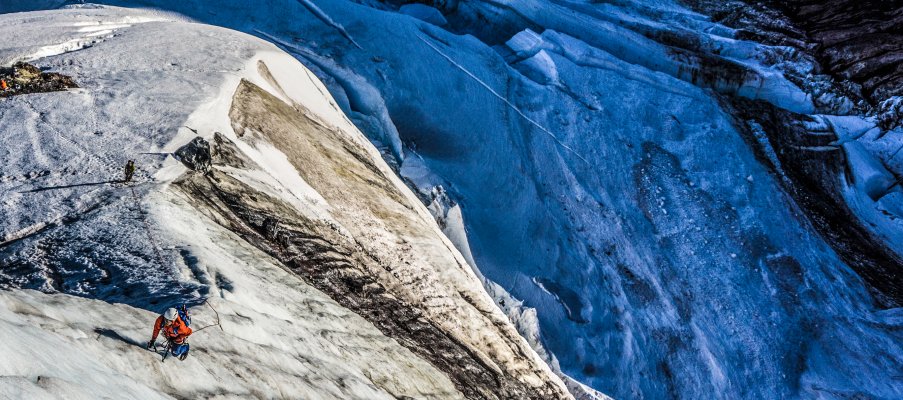
Available Guides
Skills Required
- Ice Climbing Experience with the ability to follow Water Ice 3
- Crevasse Rescue and Glacial Travel Skills
- Solid cramponing skills
- Multi-pitch climbing experience
- Good physical fitness with the ability to climb for 10+ hours with only minimal, short rest breaks.
Often times people combine this climb with alpine rock climbs in the Washington Pass area. This allows for more flexibility with the weather. The weather at Washington Pass is typically much better than the weather on Mt. Baker. Adding a few days of climbing at this “east-side” location is a great way to increase your odds of having good climbing conditions and weather on the North Ridge.
Other climbs near Mount Baker of similar difficulty include:
- The North Face of Mt. Shuksan
- Fischer Chimneys on Mt. Shuksan
- The North Face of Mt. Buckner


